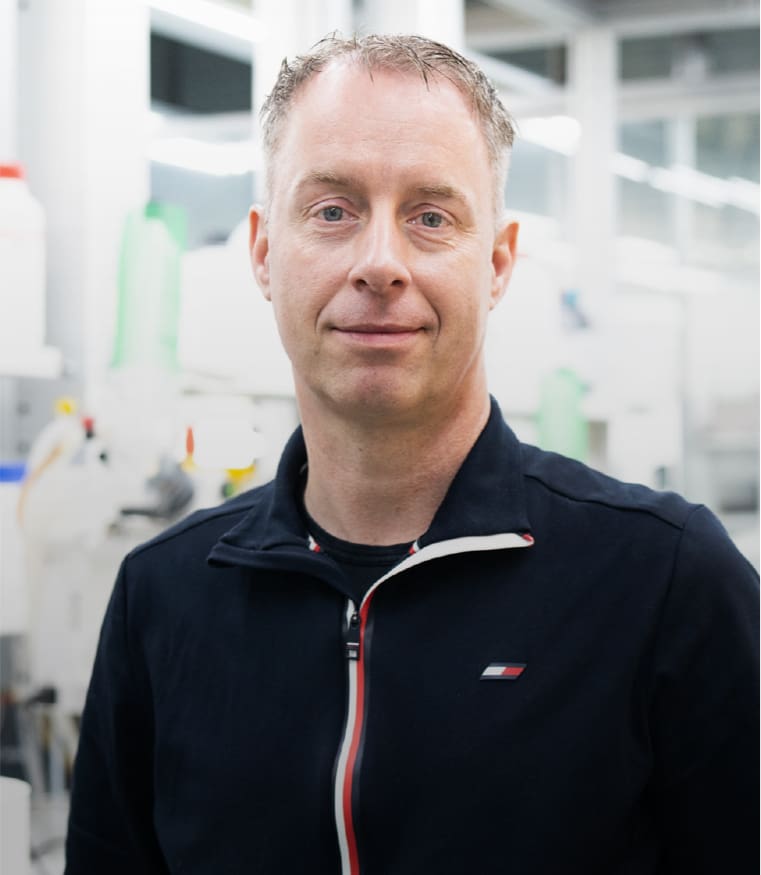Vanadium(V) Catalysts with High Activity for the Coupling of Epoxides and CO2: Characterization of a putative Catalytic Intermediate
Vanadium(V) complexes derived from aminotriphenolate ligands are demonstrated to be highly active catalysts for the coupling of various terminal and internal epoxides with carbon dioxide to afford a series of substituted organic carbonates in good yields. Intriguingly, a V(V) complex bearing peripheral chloride groups on the ligand framework allowed for the formation and isolation of a rare complex that incorporates a ring-opened epoxide with one of the phenolate-O atoms acting as a nucleophile and the metal center as a Lewis acidic site. This unusual structure was characterized by X-ray diffraction and 51V-NMR, and was shown to exhibit catalytic activity for the coupling of propylene oxide and CO2 when combined post-synthetically with these substrates. The results obtained herein clearly show that vanadium complexes in a high oxidation state are excellent catalysts for the activation of challenging internal epoxides, and their conversion into cyclic organic carbonates.

C. Miceli, J. Rintjema, E. Martin, E.C. Escudero-Adán, C. Zonta, G. Licini, A. W. Kleij
ACS Catal. 2017, 7, 2367-2373
DOI:
10.1021/acscatal.7b00109

Let's create a brighter future
Join our team to work with renowned researchers, tackle groundbreaking
projects and contribute to meaningful scientific advancements




















